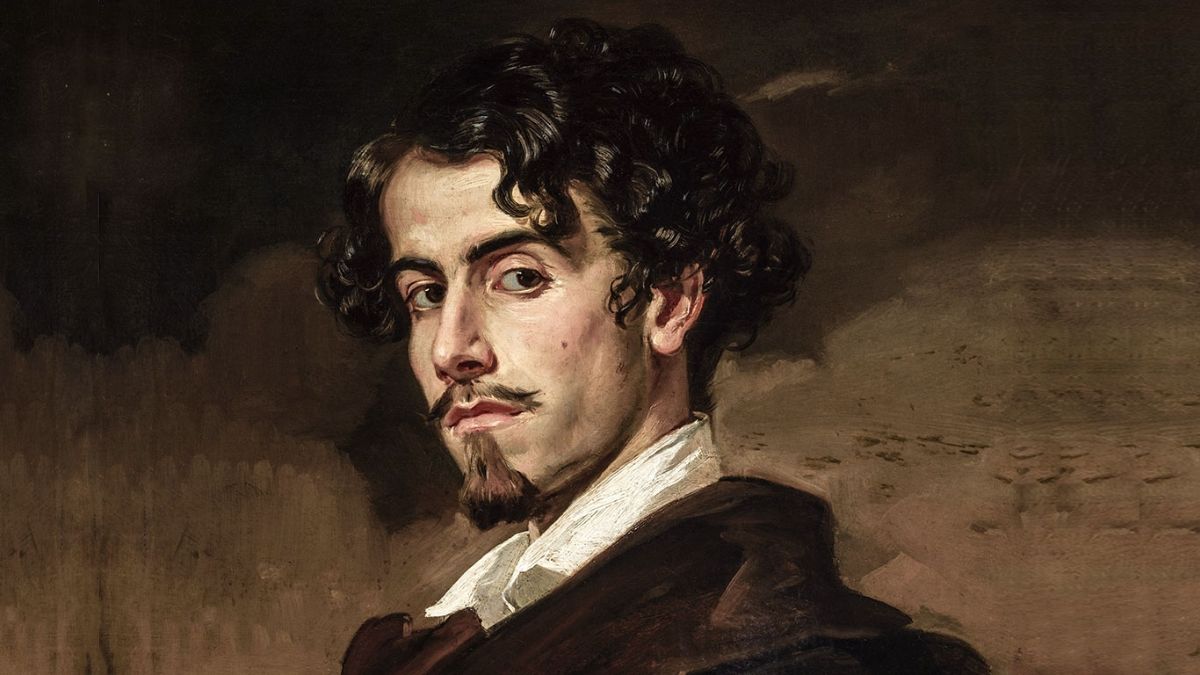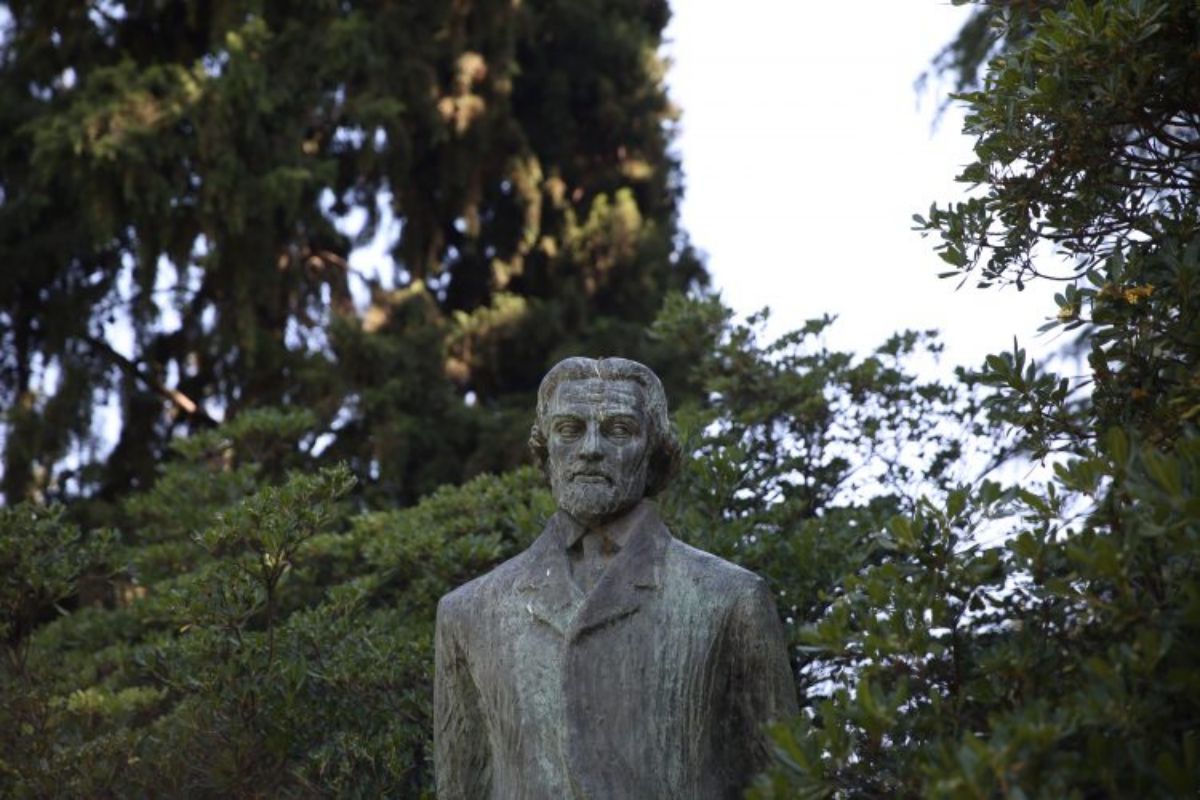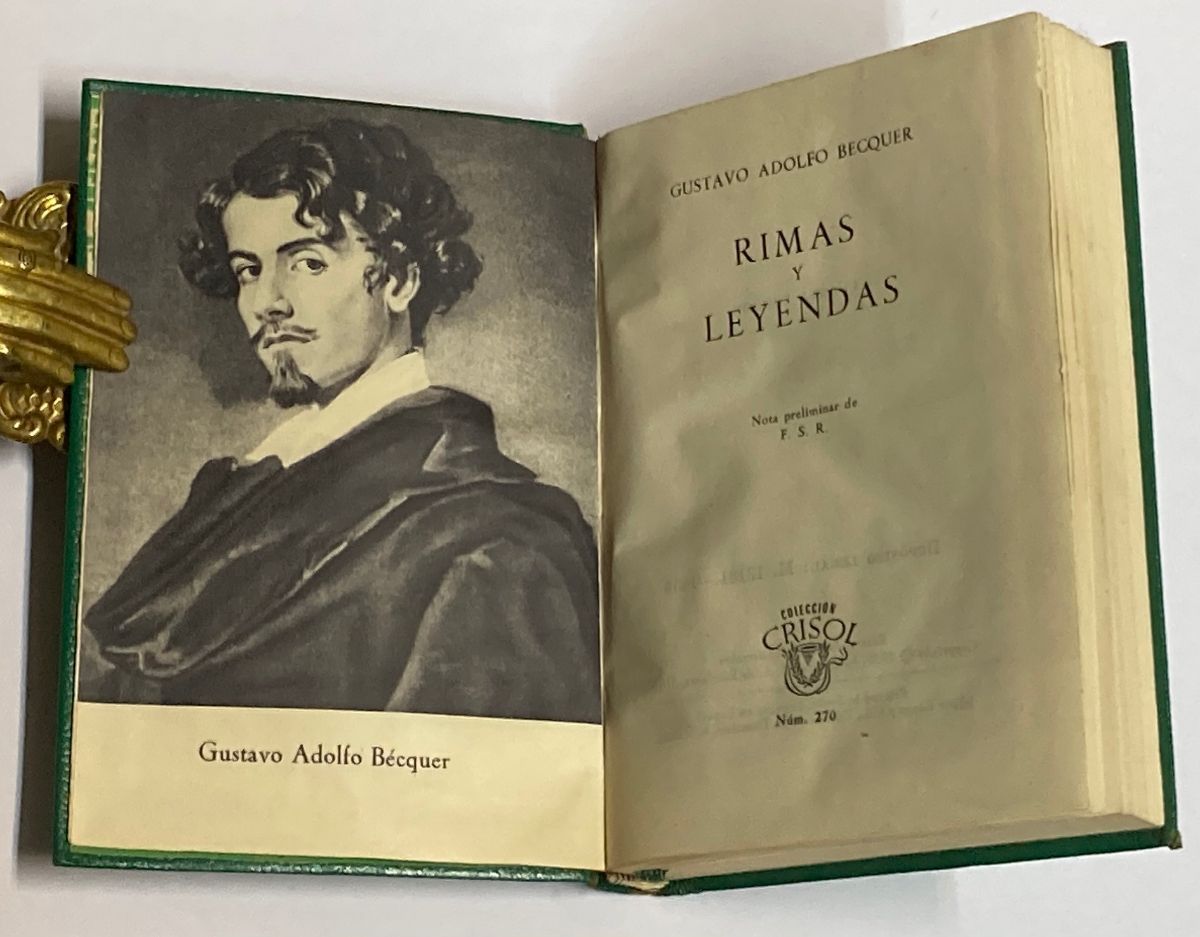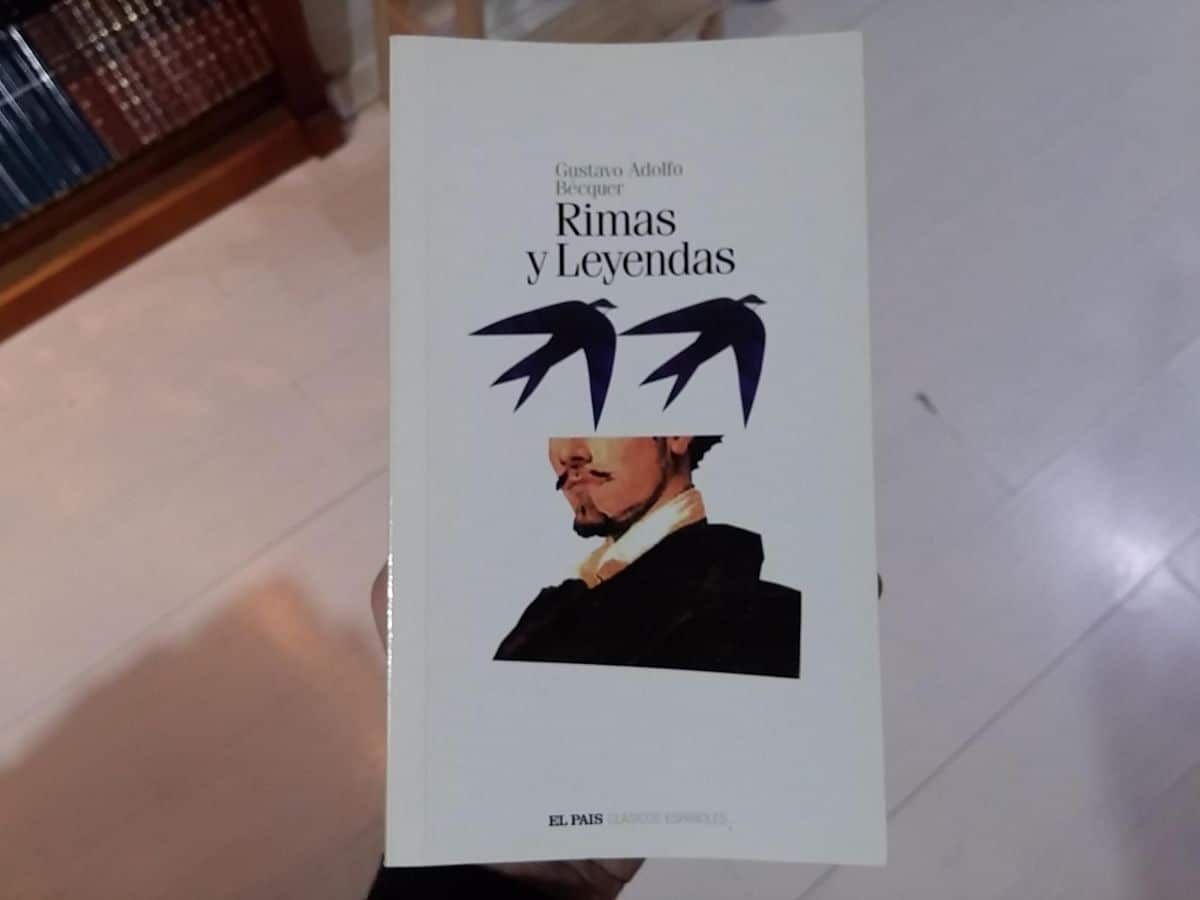
Source Photo Rhymes and legends of Bécquer: XLSemanal
Surely more than once you have heard of the book Rhymes and legends of Bécquer. Maybe you even had to read it at school or high school. Or analyze one of them in some class, right?
Whether you've heard of it or it's new to you, below we're going to give you a little insight into the book, what you find in it, and why it's so important. We invite you to read it.
Who was Gustavo Adolfo Bécquer

Gustavo Adolfo Becquer, or Bécquer, as he is also known, was born in Seville in 1836. Of French descent (because his parents came from the north of France to Andalusia in the XNUMXth century, he is considered one of the best Spanish poets that there has been in the country .
He was orphaned very young, just 10 years old. He was studying at the Colegio de San Telmo until it was closed. It was then that his godmother, Manuela Monahay welcomed him. She was the one who instilled in him a passion for poetry since, since childhood, reading romantic poets was in his day to day. For this reason, at the age of 12 he was able to write Ode to the death of Don Alberto Lisa.
It was a multidisciplinary person, since at the same time that he studied at the institute in Seville, he also learned painting in his uncle's workshop. However, it was finally his brother Valeriano who became a painter.
Bécquer decided in 1854 to go to Madrid in search of a job related to literature, as it was his true passion. However, he failed and had to dedicate himself to journalism, even though it was by no means what he liked.
Four years later, in 1858, he fell seriously ill and, at that time, he met Julia Espín. In fact, between 1858 and 1861 both Julia Espín and Elisa Guillem were the two women who "fell in love" with the poet. But it did not last much longer because in that last year he married Casta Esteban, the daughter of a doctor and with whom he had several children. Of course, he abandoned her years later when he discovered that she was unfaithful to him with her old boyfriend.
He went through a lot of financial difficulties, especially when he left everything and moved with his brother Valeriano and the children to Toledo. But in 1869 an admirer, Eduardo Gasset contacted him to return to Madrid as the director of the Madrid newspaper La Illustration. This began to be published in 1870 but again bad luck knocked on his door, losing his brother in September of that year. Three months later, on December 22, 1870, Gustavo Adolfo Bécquer died of pneumonia with hepatitis.
When Rimas y leyendas de Bécquer was published

Source: Prado Library
The truth is that the book Rimas y leyendas de Bécquer, which was published for the first time, is actually not the same as the one you now know. Especially since when it was published it contained far fewer captions.
In fact, When it was published in 1871, it was on the part of friends who put together the legends and rhymes with the aim that the money they raised would serve to help both the widow and the children. And instead of being called Rimas y leyendas de Bécquer, they called it Obras. It came out in two volumes, but with the passage of time they have been expanded and, as of the fifth edition, it began to have three volumes.
To which literary genre does Rimas y leyendas belong?

Source: AbeBooks
Although the book Rimas y leyendas de Bécquer is made up of poetry and prose stories, the truth is that it falls within the literary genre of poetry.
How many rhymes are there?
Within the original book of Rimas y Leyendas de Bécquer we can find 78 poems where he manages to express all feelings using an intimate, simple language but with an almost musical construction. Now, there are many more, since their number has been expanding.
As for his style, it is very simple and instead of consonance, Bécquer preferred assonance, usually using it in popular stanzas.
Within the group of rhymes, there are four main themes that we can find: poetry, of course, which is a fusion between poetry and woman; love; the love of disappointment; and idealized love.
We could say that it makes a small evolution of love, from the purest to the most negative where it is lost.
In the book, the rhymes are numbered from I to LXXXVI (1 to 86). In addition, there are other rhymes, in this case with titles, which are:
- Elisa.
- Cut flowers.
- It is dawn.
- Wandering.
- Black ghosts.
- I am the thunderbolt.
- You have not felt.
- Supporting my forehead.
- If you copy your forehead.
- Who was the moon!
- I took shelter.
- To find.
- Those complaints.
- Ship that plows.
And legends?
The legends in this book are far fewer. Specific, We are talking about 16 stories, not unpublished, because in reality they appeared published in the press from 1858 to 1864, and then they were compiled.
In these legends Bécquer gives all his talent. The structure, theme, literary genre and prose make them the best he has written and although this poetic way of writing is noticeable, the truth is that the characters, themes, scenes, etc. they make possible a complete set with meaning and plot that few authors have achieved at that level.
Specifically, the name of the legends that you will find (there are now 22) are:
- Master Pérez the Organist.
- The green eyes.
- The ray of the Moon.
- Three dates.
- The rose of passion.
- The promise.
- The mount of the souls.
- The Miserere.
- The Sale of the Cats.
- The chieftain with the red hands.
- The devil's cross.
- The gold bracelet.
- Believe in God.
- The Christ of the skull.
- The voice of silence.
- The gnome.
- The cave of the mora.
- The promise.
- The white deer.
- The kiss.
- The rose of passion.
- The creation.
Have you read Rimas y legends de Bécquer? What do you think about it? We'd love to hear your thoughts on this author, so feel free to comment.